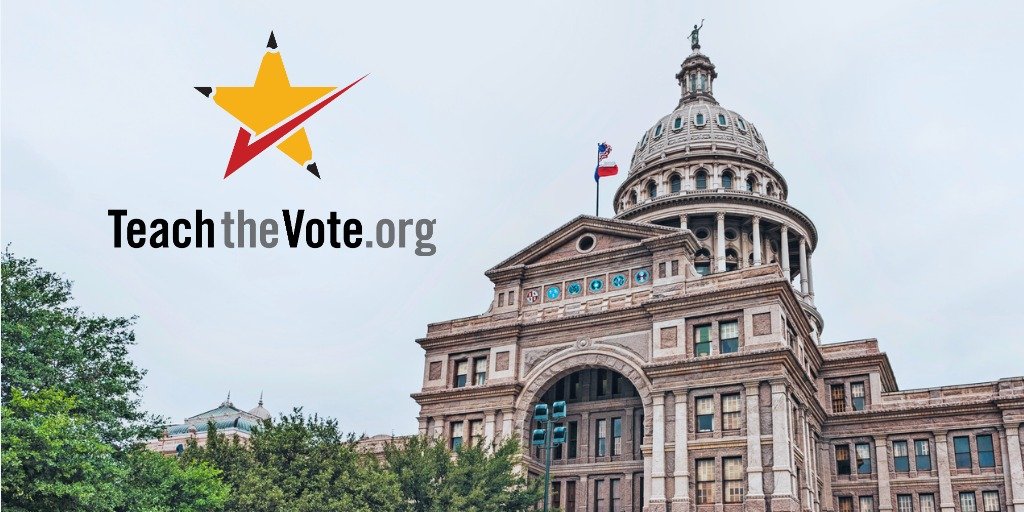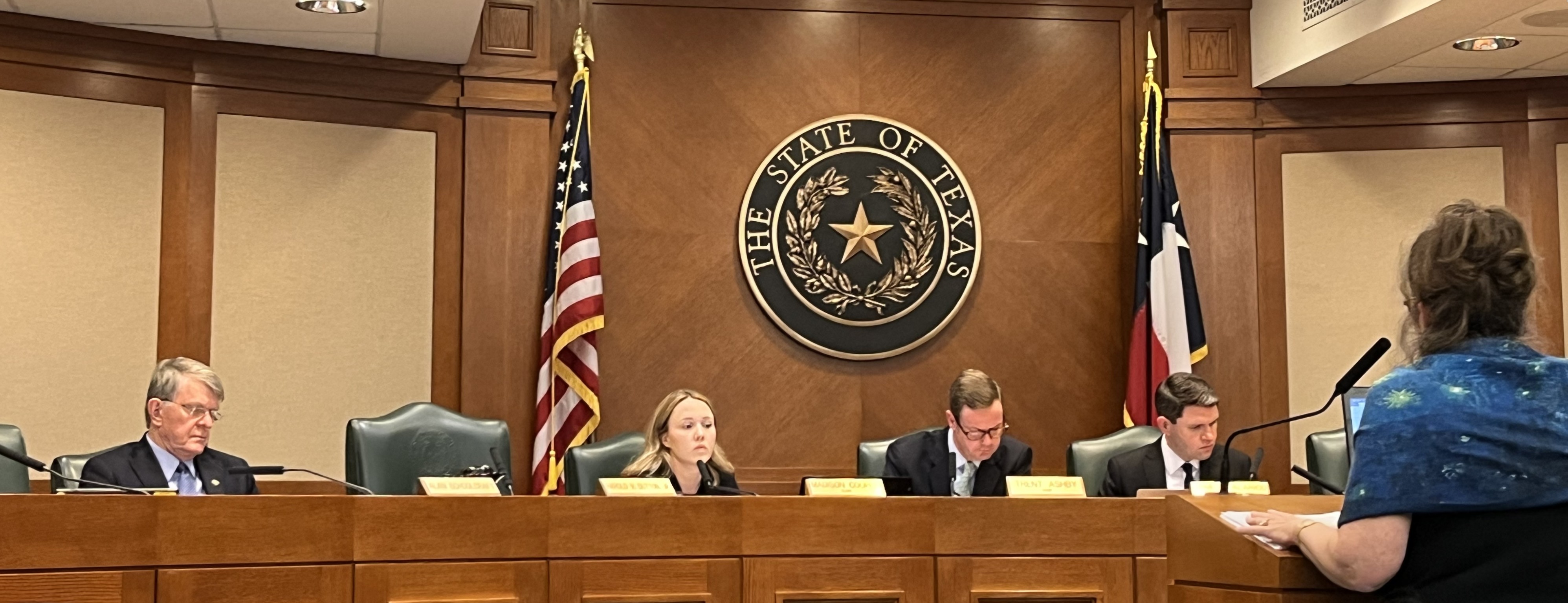Recap: SD 19 upset significantly alters Senate math

Texas Legislature Elections
Date Posted: 9/19/2018 | Author: Mark Wiggins
An upset victory by Republican Pete Flores in the Senate District (SD 19) special runoff election last night will have a significant impact on the balance of power in the Texas Senate. It's also a wake-up call.
Flores, a retired game warden, beat the Democratic favorite, former U.S. Rep. Pete Gallego, in Tuesday's special runoff election to finish the unexpired term of Democratic state Sen. Carlos Uresti, who resigned earlier this year in scandal. That seat will now move to the Republican column until at least 2020, when Flores will come up for reelection.
There were warning signs early on that the SD 19 race would likely be close. The district has historically elected Democratic state senators, and broke for Hillary Clinton over Donald Trump in 2016 by a margin of 11.5 percent. Yet just two years earlier during the 2014 mid-term elections, Republican Greg Abbott edged Democrat Wendy Davis in SD 19 by 0.1 percent in the gubernatorial race, and Republican U.S. Sen. John Cornyn outpaced Democratic challenger David Alameel by 7.3 percent.
The timing of Sen. Uresti's resignation allowed Gov. Abbott to set a special election in the middle of summer, guaranteeing a low-turnout special election that would mitigate Democrats' general election advantage and allow the race to turn on whichever party could do a better job of getting out the vote (GOTV).

For context, SD 19 recorded 478,000 registered voters in 2016. Based on that number, roughly 5.4 percent of voters participated in the July 31 special election and 9.2 percent turned out for the September 18 special runoff. By contrast, turnout in SD 19 for the 2016 presidential election was 52.7 percent, and turnout for the 2014 mid-term elections was 27.7 percent.
As we previously reported on Teach the Vote, Lt. Gov. Dan Patrick was keen to flip the SD 19 seat from blue to red in order to boost his party's mathematical advantage in the Texas Senate. The lieutenant governor and his allies spent a prodigious amount of money in support of Flores between the special election and the special runoff. We'll take a closer look at that spending as the official figures become available.
All of this had an appreciable effect on the final outcome. According to the Texas Secretary of State, roughly 26,000 people voted in the July 31 special election. More than 44,000 voted in the September 18 special runoff election -- representing a 69.75 percent increase in turnout. Flores ultimately won with 53 percent of the vote, compared to 47 percent for Gallego.
So what does this mean?
Immediately, it means that the Texas Senate is now composed of 21 Republicans and 10 Democrats. Under the current 3/5 rule, the lieutenant governor only needs 19 votes for his party to pass major legislation, which in the recent past has included voucher bills aimed at stripping public school funding and anti-teacher payroll deduction bills. These bills passed the Texas Senate largely along party-line votes. As its newest member, Flores brings to the Senate an alliance with Lt. Gov. Patrick and his openly expressed support for private school vouchers.
Furthermore, outgoing state Sen. Sylvia Garcia's (D-Houston) failure to effectively secure a clear retirement date means that the 2019 legislative session will begin with a vacant seat, for a total of 21 Republicans and 9 Democrats in the Senate. Voters in SD 6 will choose Garcia's successor in another special election that will be held while the legislature is in session next spring. Until then, only 18 votes will be needed to pass major legislation out of the upper chamber.
At the 30,000-foot level, Tuesday's outcome in San Antonio highlights the importance of two things: First, the November elections are of even more critical importance. Second, turnout is paramount.
While it's easy to think of elections in terms of Democrats versus Republicans, this discounts the reality that many Republican officeholders -- even some in the Senate -- support public education. The challenge is that Senate Republicans are under an enormous amount of pressure from the lieutenant governor to cast anti-education votes. The surest path to helping them is to change the math by electing senators who are not beholden to the lieutenant governor.
Of course, electing pro-public education candidates means showing up. Make no mistake, the forces trying to defund and privatize our neighborhood schools do not suffer from voter apathy. They are capable of raising and spending countless millions of dollars in order to motivate low-information voters to turn out and vote against their own interests and those of their children. The only way to fight back is to ensure that you and everyone you know makes it to the polls this November to cast an informed vote for public education.
To put it simply: If we don't vote, we will lose.
If that happens, not only do we lose, but our schools and our kids lose as well. The result of the special runoff election Tuesday came as a surprise to many, but it should not come as a shock. It should serve as a reminder of the powers at play and the stakes of sitting out.
CONVERSATION
RECOMMENDED FOR YOU

Elections, Miscellaneous, TEA | Commissioner | SBOE, Testing | Accountability, Texas Legislature
06/21/2024
Teach the Vote’s Week in Review: June 21, 2024
STAAR scores continue to generate buzz. Plus, watch this video on upcoming House of Delegates consideration of the ATPE Legislative Program.

04/03/2025
House Public Education Subcommittee hears bills on bilingual education, civics instruction, antisemitism
The Subcommittee on Academic and Career-Oriented Education met Thursday, April 3, to consider five bills.

04/02/2025
House Public Education Committee postpones vote on school finance, vouchers to Thursday
Educators have additional time to use ATPE’s Advocacy Central to share their thoughts on these critical issues.

